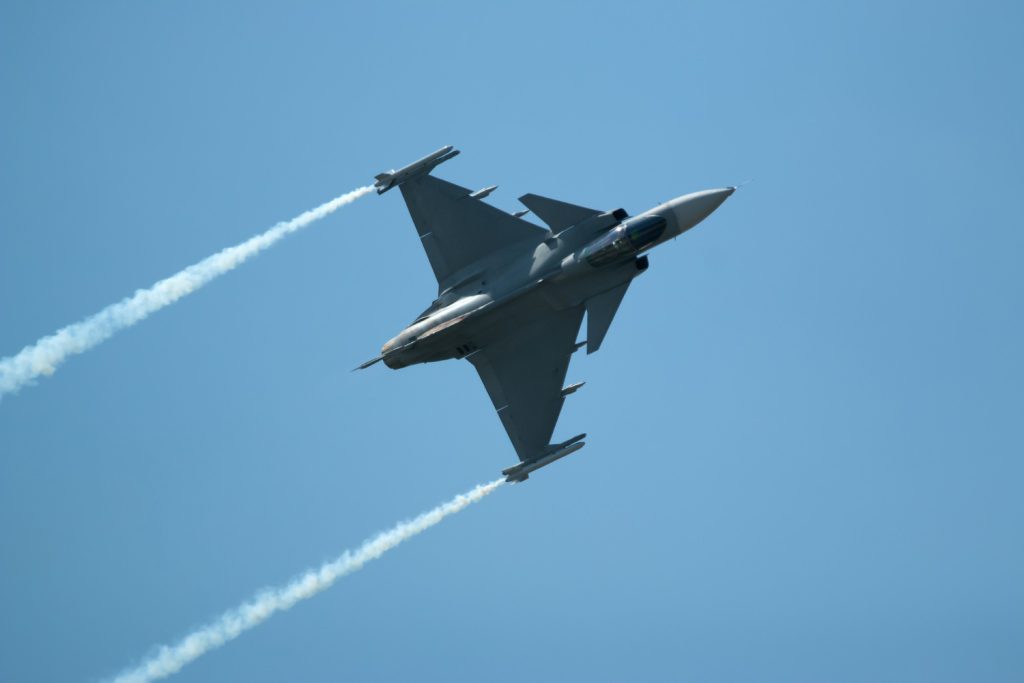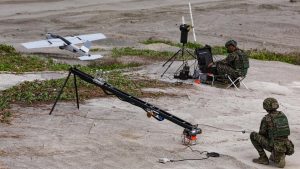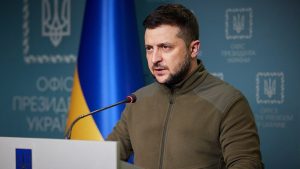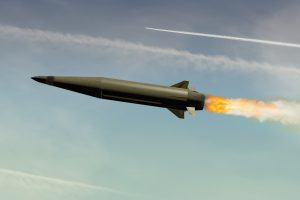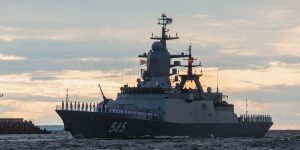The Baltic Air Policing mission seeks to keep Russian aircraft out of the Baltic states.
Others are reading now
Poland is once again deploying a military contingent tasked with protecting the airspace of Latvia, Lithuania, and Estonia.
The foreign deployment of soldiers from the 32nd Tactical Air Base is set to begin in April as part of NATO’s Baltic Air Policing operation.
This is in response to Russia trying to probe defences and fighting hybrid war.
Defending As Part Of The Baltic Air Policing Mission
Troops from the 32nd Tactical Air Base, who will be part of Poland’s Orlik-13 military contingent, have successfully completed their certification process.
Also read
This included assessments of their knowledge of NATO procedures, aircraft identification, and general military tests, including shooting exercises.
According to Polska Zbrojna, the most critical phase of the certification process involved airborne missions.
Polish F-16 pilots practiced intercepting aircraft that had violated NATO airspace, as well as escorting planes that had lost radio communication.
The Polish contingent, led by Lieutenant Colonel Pilot Dawid Kij, who has accumulated over 3,000 flight hours, will begin its foreign duty in early April as part of NATO’s Baltic Air Policing mission.
This operation, ongoing since 2004, aims to safeguard the airspace of NATO member states that do not have their own military air forces.
For Baltic Air Policing, forces from various NATO countries rotate their deployments in the Baltic states, with each rotation lasting a few months.
Currently, the mission is being carried out by teams from the Netherlands, operating four F-35s from the Ämari base in Estonia, and France, with four Rafale jets stationed at the Šiauliai base in Lithuania.
NATO pilots have long been responding to Russian aircraft flights over the Baltic Sea.
While these aircraft typically do not enter NATO airspace, their presence in international airspace—often with identification systems switched off—necessitates the immediate deployment of standby NATO jets for interception and visual identification.
In recent days, similar missions were conducted over the Norwegian and Barents Seas by the Norwegian Air Force, which intercepted Russian patrols consisting of Su-33 fighters, MiG-31 interceptors, and Tu-95MS strategic bombers.

